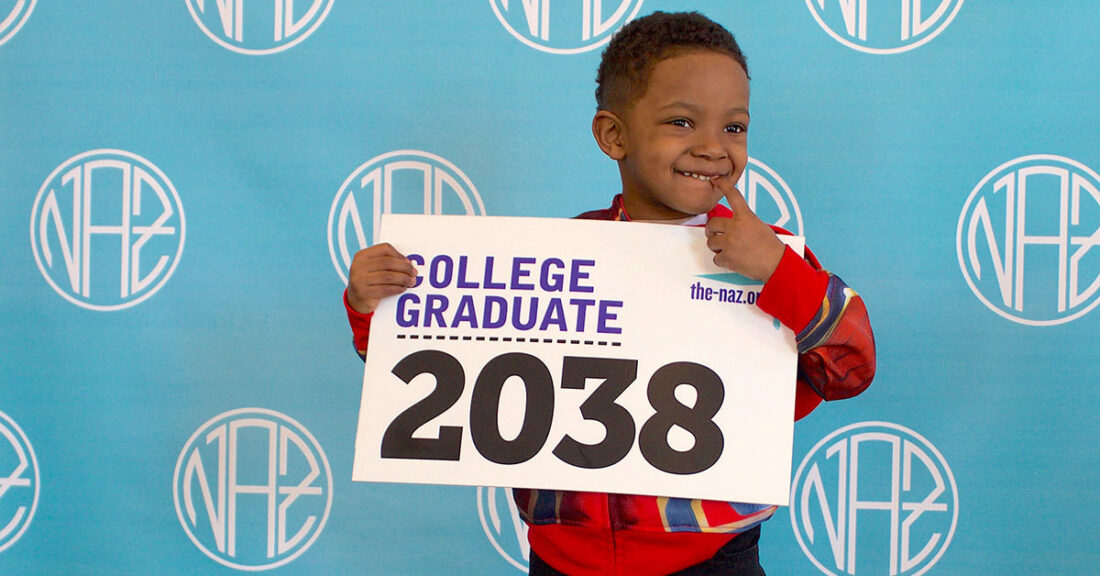Results Count Realizes Gains in Reading and Math Proficiency

In one Minneapolis neighborhood, kids have made significant improvements in math and reading — all thanks to a long-term effort by the Northside Achievement Zone (NAZ) and an array of government, nonprofit and civic partners.
As a Promise Neighborhoods grant recipient, NAZ began participating in the Annie E. Casey Foundation’s Results Count™ program, which is designed to develop results-driven leaders in the social sector. The organization credits this program with transforming its culture and systems to achieve better outcomes for kids living in a 250-block neighborhood in North Minneapolis.
NAZ and its partners first engaged with Results Count by setting targets to close achievement gaps in three areas:
- kindergarten readiness;
- academic success; and
- support for low-income families.
By teaching leaders to use results to drive action — and not the other way around — the program fundamentally shifted how NAZ works.
“We spent five years in a race to create and execute what we called solution plans — concrete plans to build, build, build,” says Michelle Palo, NAZ’s senior director of collaborative learning.
But were those plans effective?
The Results Count program helped NAZ’s staff and service-delivery partners assess whether their actions were generating results for local families. And, two years since completing their Results Count seminars, the answer to this question is a resounding yes.
Today, the collaborative is seeing some statistically significant — and satisfying — results. For instance:
- African-American NAZ scholars were more likely to be proficient in reading compared to other northside classmates (25% versus 18%). This improvement moved the NAZ scholars closer to the statewide average (34%).
- African-American NAZ scholars were also more proficient in math (26% versus 12%) and again moved closer to the statewide average (29%).
Those these gains are encouraging, Sondra Samuels, CEO and president of NAZ, cites a Barack Obama quote for perspective: “We have to acknowledge the progress we made but understand that we still have a long way to go. That things are better, but still not good enough.”
While participating in Results Count, NAZ leaders worked on building the skills, behaviors and relationships needed to move their organization and their partners toward their identified targets. These leaders strengthened the collaborative process, clarified their roles and modified the solution plans to become results plans. “We’ve worked hard to put the right scaffolding in place to accomplish our common goals,” says Palo. “Results Count gave us tools for supporting one another, sharing responsibilities and empowering the next set of leaders with a clear vision for the road ahead.”





